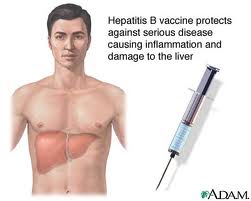Maternal-Infant Nursing (Neonate Period) Question 1
1. Baby James, born by elective cesarean section to a 25-year-old mother weighs 3,265 g (7 lb, 3 oz). Nurse Lucia places the newborn under the warmer unit. In addition to routine assessments, the nurse should closely monitor this newborn for which of the following? a. Temperature instability due to type of birth b. Respiratory […]







Recent Comments